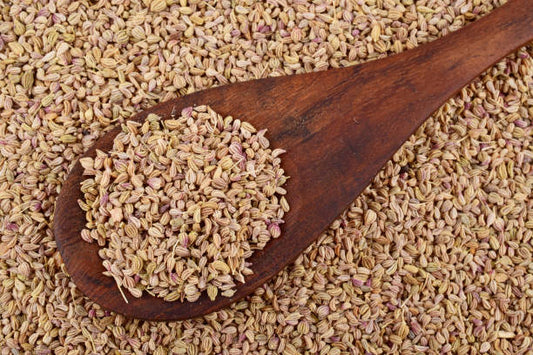Ear wax, or cerumen, is a natural substance produced by glands in your ear canal. It plays a crucial role in protecting your ears by trapping dust, debris, and microorganisms, preventing them from reaching the delicate inner ear. However, sometimes ear wax can accumulate and cause discomfort or even hearing problems. In this blog, we’ll explore the causes, symptoms, and safe removal techniques for ear wax buildup.

Causes of Ear Wax Buildup
-
Overproduction of Ear Wax
- Some people naturally produce more ear wax than others, which can lead to buildup over time.
-
Narrow Ear Canals
- Individuals with naturally narrow or uniquely shaped ear canals are more prone to ear wax accumulation.
-
Frequent Use of Earbuds or Hearing Aids
- Regular use of earbuds, earphones, or hearing aids can push ear wax deeper into the ear canal, causing blockages.
-
Aging
- As people age, ear wax becomes harder and less mobile, increasing the likelihood of buildup.
-
Improper Cleaning Methods
- Using cotton swabs, bobby pins, or other objects to clean the ears can push wax further into the canal and lead to impaction.
Symptoms of Ear Wax Buildup
-
Earache
- Pain or discomfort in the ear is a common sign of ear wax buildup.
-
Hearing Loss
- A gradual decrease in hearing or a feeling of fullness in the ear can indicate a blockage.
-
Ringing in the Ears (Tinnitus)
- A persistent ringing, buzzing, or humming sound may be caused by impacted ear wax.
-
Dizziness
- Ear wax buildup can affect your balance and cause dizziness or vertigo.
-
Itching or Discharge
- An itchy sensation in the ear or a discharge from the ear canal can be signs of excessive ear wax.
Safe Removal Techniques

-
Ear Drops
- Over-the-counter ear drops can help soften and break down ear wax, making it easier to remove naturally. Look for drops containing hydrogen peroxide or carbamide peroxide.
-
Warm Water Rinse
- Gently rinse your ear with warm water using a bulb syringe or a special ear irrigation kit. Tilt your head to allow the water to flow out, carrying the softened wax with it.
-
Olive Oil or Mineral Oil
- A few drops of olive oil or mineral oil in the ear can help soften the wax. Apply the oil and allow it to sit for a few minutes before rinsing with warm water.
-
Professional Cleaning
- If home methods are ineffective or if you have a perforated eardrum or ear infection, seek professional help. An audiologist or ear, nose, and throat (ENT) specialist can safely remove ear wax using specialized tools.
-
Avoid Cotton Swabs
- Refrain from using cotton swabs or other objects to clean your ears, as they can push wax deeper and cause damage to the ear canal or eardrum.
-
Ear Wax Removal Kits
- Consider using a commercial ear wax removal kit that includes ear drops and a bulb syringe for irrigation. Follow the instructions carefully for safe and effective use.
When to See a Doctor
-
Persistent Symptoms
- If you experience persistent pain, hearing loss, or other symptoms despite using home remedies, consult a healthcare professional.
-
Signs of Infection
- Seek medical attention if you notice symptoms of an ear infection, such as severe pain, swelling, redness, or discharge.
-
Underlying Conditions
- If you have a history of ear problems, ear surgery, or a perforated eardrum, it's best to consult a doctor before attempting any ear wax removal.
Conclusion
Ear wax is essential for ear health, but too much can lead to discomfort and hearing issues. Understanding the causes and symptoms of ear wax buildup and using safe removal techniques can help maintain your ear health. Remember, when in doubt, seek professional advice to avoid complications and ensure your ears stay in optimal condition.
Stay tuned to our blog for more tips and information on maintaining healthy ears and overall well-being!












